It’s time to finally get back to what we love best: telemark. You’ve train for three months to be ready for this?
This time of the year, we usually hit the local ski area for a few warm up runs. The snow quality and quantity might not be excellent but, hey, we go anyhow.
here’s my to do list for that big day:
1. A few days before, gather all equipment and inspect it carefully
I know you say: it was all good last year, why check it? First, make sure you find everything back.
A quick inspection will make you feel confident on the first run. Are your boots still comfortable? all buckles good? any mouse ate your Powerstrap (has happened to me!)? Are your bindings well screwed? (just tight them back with a screwdriver, if nothing moves, good, if it does, see your ski tech) Make sure the bindings are still adjusted perfect. Check your skins (clean, glue, straps…) Check that your adjustable poles still adjust (ask my friend Piteur, who came to me for is ski test for a job as ski patrol and could’t get is pole to move. I almost turned him back!) Check your helmet, your goggles, and of course check your skis (base, edges and chips, cracks…)
2. If you got new equipment, make sure everything is well adjusted to you.
Boots are the most important. Liners can be molded, Cuff alignment (canting angle) can be changed, forward lean is also available on certain models. More and more people buy their gear online, make sure you read your boot manual, search the web and ask questions.
Bindings need to be adjusted to your boots. This is much more simpler than on alpine gear. Again read manuals and search the web. Good tension on the cable is key to safety and performance.
If you need to install a binding, I strongly suggest caution on who you trust with this. Telemark bindings have much more stress on each screws than alpine binding (that’s why most brand have increased to 6 the total of screws on their binding). Also, on a lot of alpine gear, the binding are set on rail tracks which don’t require mounting. It seems fewer technicians are good at mounting bindings these days. You can mount bindings yourself, it isn’t so hard. But if the job is not 100% perfect, you might rip the binding from the ski somewhere through this season.
Check everything else, like jacket, underwear, socks, kneepads… Name it, if it’s new, make sure everything is dialed perfect.
3. the Big day, what to expect
Check weather report, check your ski area report, and check avalanche report. If backcountry is not your goal on the first day, make a habit to check avi reports anyway, it will give you an idea of the season’s coming. The start of the season can be crucial for snowpack stability trough out the season, just check the 2012-2012 Utah backcountry review.
4. There it is, your first run.
Make sure you warm up before going down on your skis. I know, it look silly, but I’ve never seen a pro skier not warm up before going down. On your first run, take it easy, and take an easy run for your level. Dial your balance, play around with different turn shape, telemark, alpine, stop on both side and so on. I always like to telemark fakie or backwards from the get go. This is something easy for me and it help me gain confidence. It is normal to feel a bit awkward at first but just enjoy the moment.
Telemark skiing, like any technical sport, is all in our head. And our head don’t remember the movement as good if it hasn’t practice for a few months…
5. Progress
Don’t wait for Christmas to get better. If you’ve train this fall, if you’ve check your gear, if the snow is good, if all is in place, do what is necessary to go towards your season’s goals right now
Here are my goals for the season:
- a 360° cab. (start and land backwards)
- Hand plant on our new wall at Le Massif
- Improve my carving (which I’ve negleted the last few years for tree skiing and bumps)
What are your goals on telemark this season?
video of telemark bumps
video of telemark tree skiing
Feels free to leave comments below…

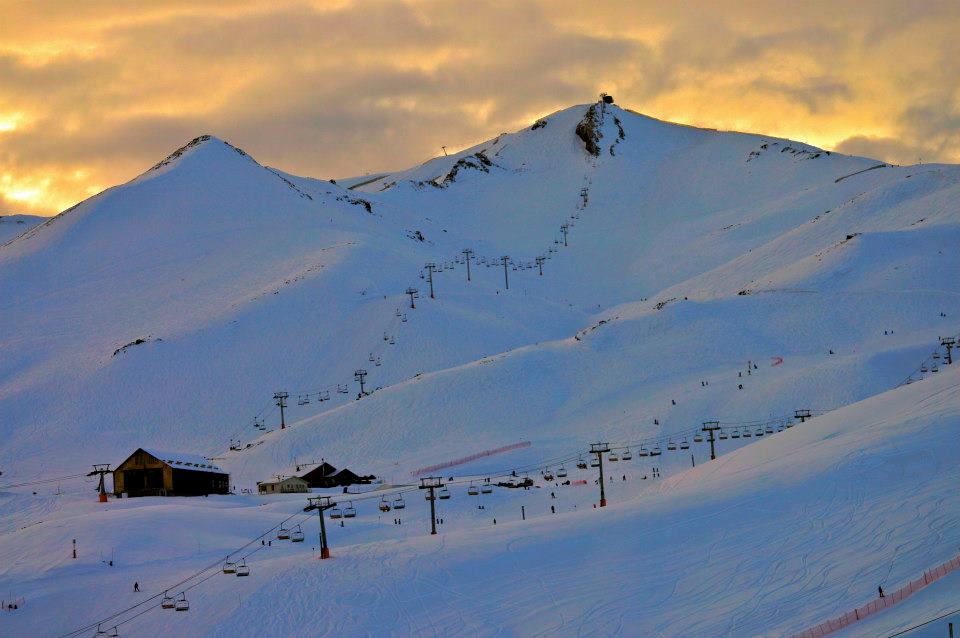
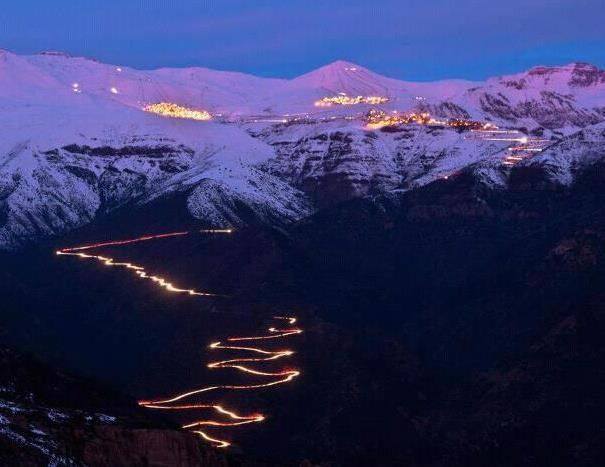

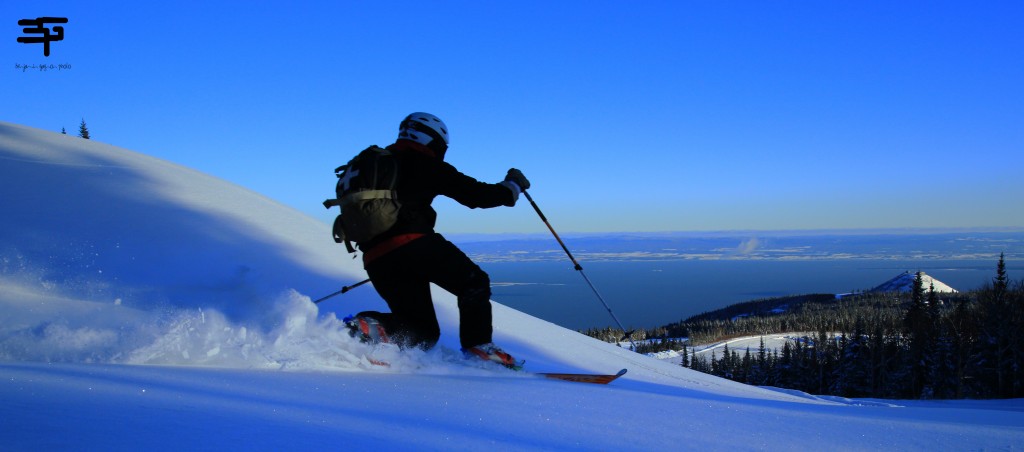
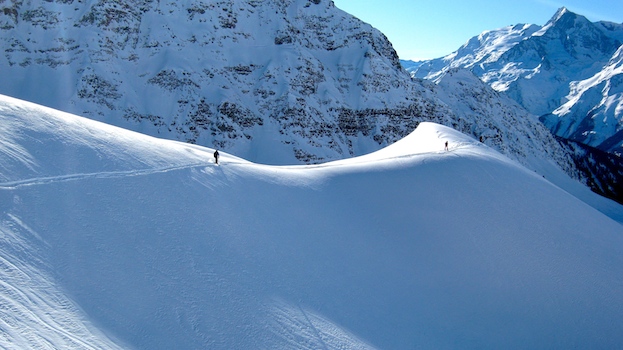
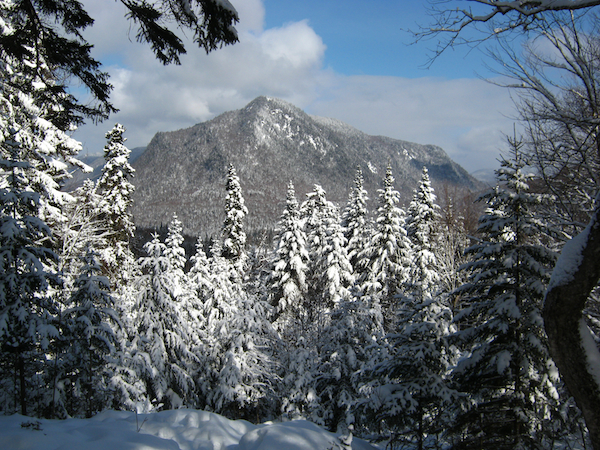


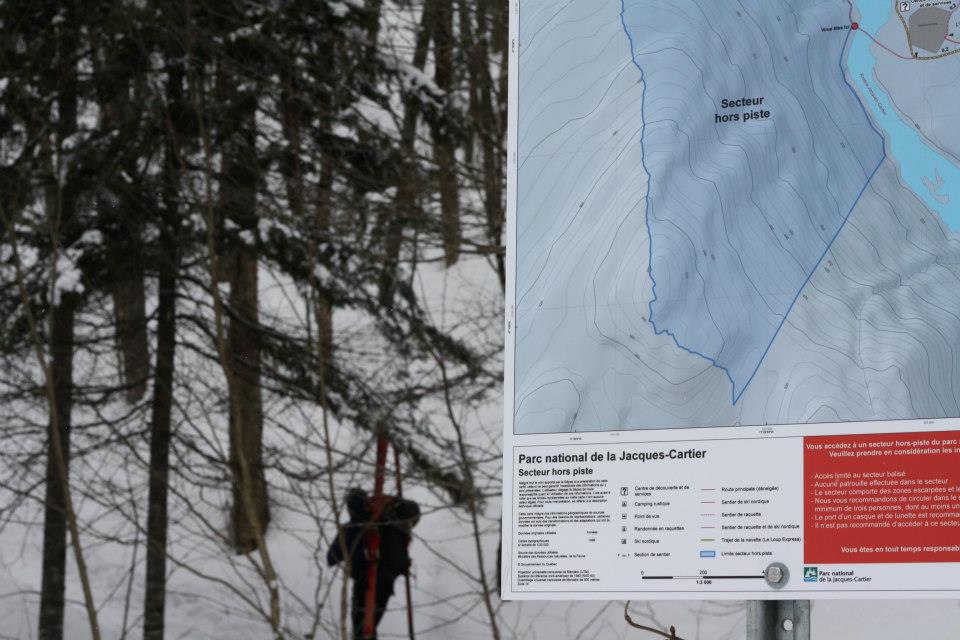
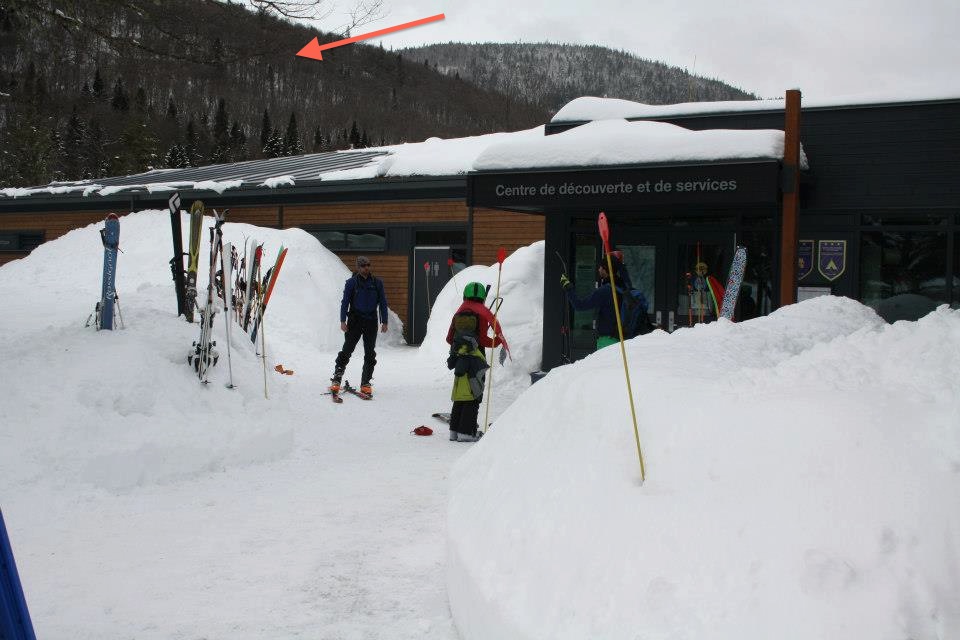

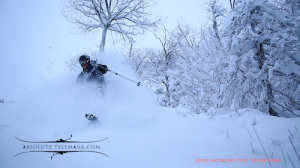
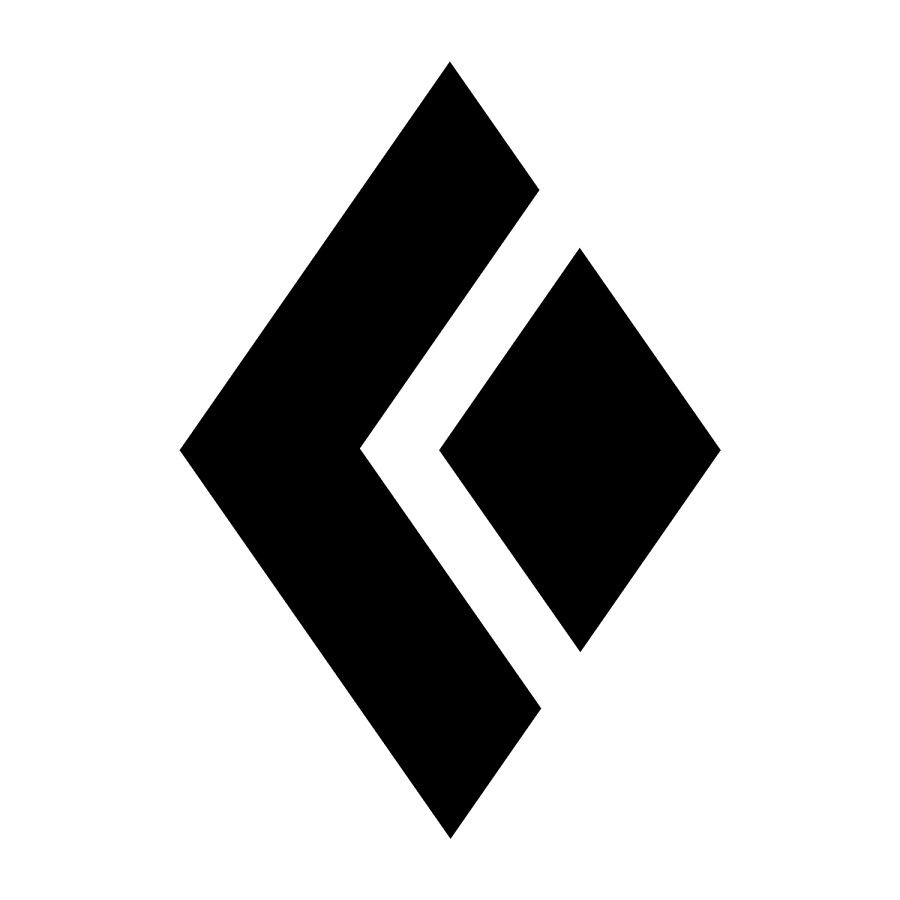



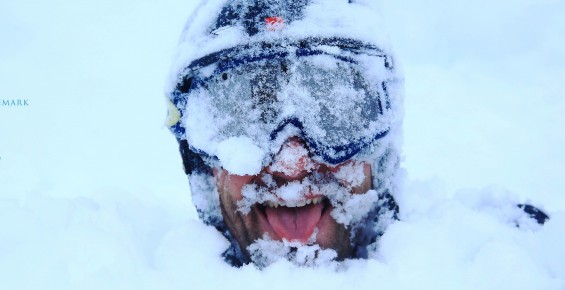
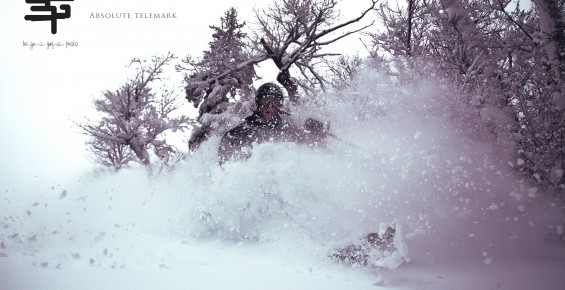

What others think about it